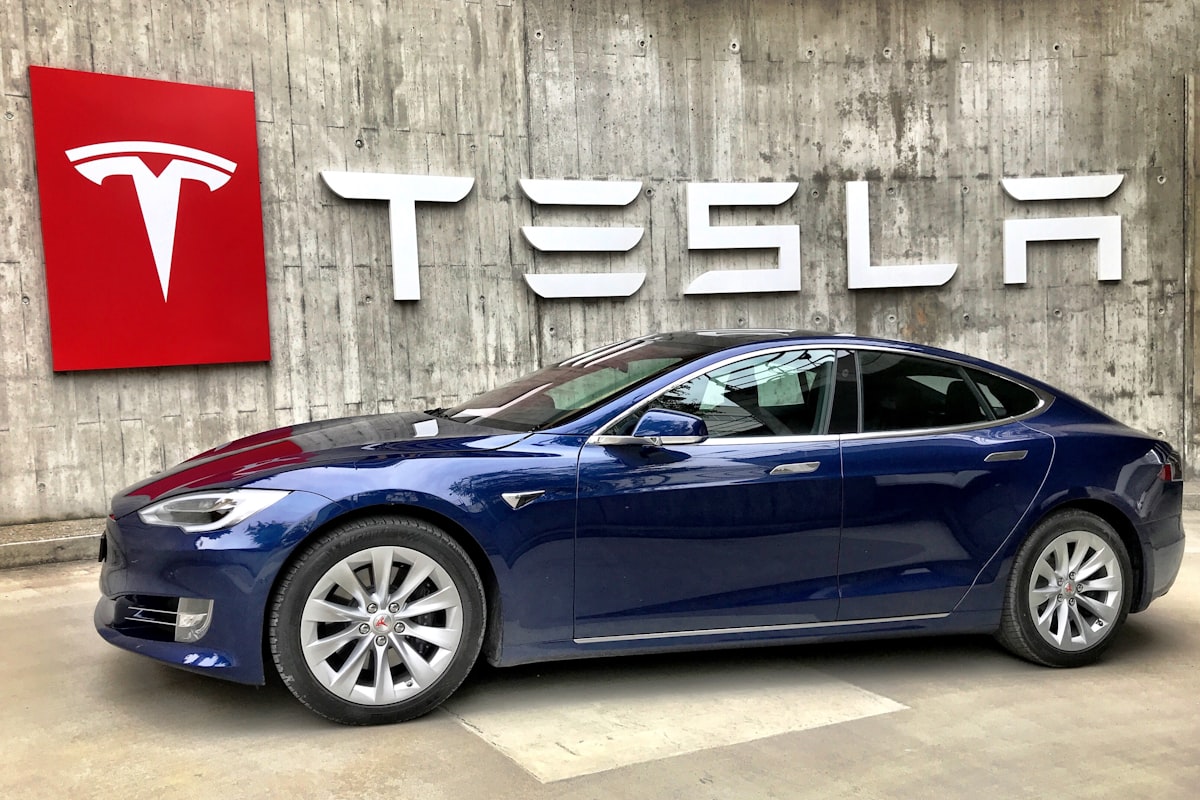Comparing Different Home EV Charger Models
Electric vehicles (EVs) are becoming more common. Along with this trend, the need for efficient home EV chargers is rising. There are several models available, each with unique features and capabilities. This article compares different home EV charger models to help potential buyers make informed decisions.
Level 1 vs Level 2 Chargers
Home EV chargers come in two main types: Level 1 and Level 2. Level 1 chargers use a standard 120-volt outlet, providing a slow charge. They are easier to set up but take longer to charge a vehicle. Level 2 chargers require a 240-volt outlet and offer a faster charging speed. They usually require professional installation due to higher power demands.

Level 1 Chargers
Level 1 chargers plug into a home’s standard outlet. They provide a charging rate of about 3-5 miles of range per hour. This type of charger is ideal for plug-in hybrids or for EV owners who drive short distances daily. They are portable and can be used anywhere a standard outlet is available.
Level 2 Chargers
Level 2 chargers use a 240-volt outlet and offer a much faster charge, typically adding 20-30 miles of range per hour. These chargers are suitable for owners who need to charge their vehicles quickly. They are more efficient for fully electric vehicles with larger batteries. Level 2 chargers often include smart features like scheduling and remote monitoring.
Top Home EV Charger Models
Several manufacturers provide reliable and popular home EV chargers. Here are some of the notable models:
ChargePoint Home Flex
The ChargePoint Home Flex is a flexible, high-power Level 2 charger. It offers adjustable amperage, with options ranging from 16 amps to 50 amps. This model provides up to 37 miles of range per hour. It features a compact design and comes with a 23-foot charging cable. The Home Flex includes Wi-Fi connectivity, allowing users to schedule charging, track energy use, and receive updates via a mobile app.
JuiceBox 40
The JuiceBox 40 is another popular Level 2 home charger. It delivers 40 amps of power, translating to about 25-30 miles of range per hour. This charger is known for its rugged construction and smart charging features. It also includes a mobile app, which provides real-time monitoring and notifications. The JuiceBox 40 can be connected to a home’s Wi-Fi network, allowing for remote control and energy monitoring.
Siemens VersiCharge
The Siemens VersiCharge is available in several models, including hardwired and plug-in versions. The standard model provides 30 amps of power, offering up to 22 miles of range per hour. It has a user-friendly interface with simple controls. The VersiCharge includes features like delayed charging and energy usage tracking. It is designed for indoor and outdoor use, making it a versatile choice for different home settings.
Grizzl-E Classic
The Grizzl-E Classic is a robust and reliable Level 2 charger. It provides up to 40 amps of power, resulting in about 30 miles of range per hour. This model is known for its durability and weather resistance. It comes with a 24-foot charging cable and has adjustable amperage settings. The Grizzl-E Classic does not have Wi-Fi connectivity, but it is favored for its simplicity and rugged construction.
ClipperCreek HCS-40P
The ClipperCreek HCS-40P is a dependable Level 2 charger. It offers 32 amps of power, which equates to about 25 miles of range per hour. This model is easy to install and includes a 25-foot charging cable. The HCS-40P is designed for maximum safety, with features like ground fault protection and automatic circuit reclosure. It is a straightforward charger without smart features, focusing on reliability and ease of use.
Smart Features and Connectivity
Many modern home EV chargers come with smart features. These include Wi-Fi connectivity, mobile apps, energy monitoring, and scheduling options.
Wi-Fi Connectivity
Wi-Fi-enabled chargers allow users to connect their devices to a home network. This connectivity facilitates remote monitoring and control. Users can start or stop charging sessions and view the charging status from their smartphones.
Mobile Apps
Mobile apps associated with smart chargers provide additional functionalities. Users can schedule charging sessions to take advantage of lower electricity rates. Apps can also send notifications about charging status, energy consumption, and potential issues.
Energy Monitoring
Energy monitoring features help users track their electricity usage. This information is valuable for managing costs and understanding the energy impact of charging an EV. Some chargers provide detailed reports and analysis through their apps.
Scheduling and Remote Start
Scheduling options allow users to set specific times for charging. This is useful for tapping into off-peak electricity rates. Remote start capabilities let users initiate charging sessions from any location, providing flexibility and convenience.
Installation Considerations
Installing a home EV charger involves several factors. Homeowners must consider the electrical capacity of their homes, the location of the charger, and potential installation costs.
Electrical Capacity
Level 2 chargers require a 240-volt outlet, similar to what is used for large appliances. Homeowners should check their electrical panel’s capacity to ensure it can handle the additional load. In some cases, upgrading the electrical system may be necessary.
Location
The charger’s location is also crucial. It should be installed near the parking area, with considerations for cable length and ease of access. Outdoor installations should use weather-resistant models to withstand environmental elements.
Installation Costs
Professional installation costs can vary. Factors influencing the cost include the distance from the electrical panel, any required upgrades, and local labor rates. It’s advisable to get quotes from licensed electricians to understand the potential expenses.
Choosing the Right Charger
Selecting the right home EV charger depends on several factors, including the driving habits, vehicle type, and future needs.
Driving Habits
Owners with short daily commutes may find Level 1 chargers sufficient. Those with longer commutes or frequent travel may benefit more from a Level 2 charger for faster charging times.

Vehicle Type
Fully electric vehicles with large batteries generally require Level 2 chargers. Plug-in hybrids with smaller battery capacities can often manage with Level 1 chargers.
Future Needs
Considering future requirements is also important. A more powerful Level 2 charger can be a better long-term investment, especially if there are plans to upgrade to a vehicle with a larger battery.
Cost vs. Benefits Analysis
Investing in a home EV charger involves evaluating costs against potential benefits.
Initial Investment
Level 2 chargers have a higher upfront cost compared to Level 1 chargers. However, the faster charging speed and additional features can offer significant convenience and efficiency.
Long-Term Savings
Using off-peak electricity rates can reduce long-term energy costs. Smart chargers with scheduling capabilities help maximize these savings.
Time Efficiency
Faster charging significantly reduces the time spent waiting for the vehicle to charge. This can be especially beneficial for households with multiple EVs or hectic schedules.
This detailed comparison outlines the essential details for choosing a home EV charger. By understanding the different models and their features, potential buyers can make informed decisions that best suit their specific needs and preferences.
“`
Recommended EV Accessories
NOCO GENIUS10 Smart Charger – $79.95
Advanced battery maintainer and charger.
EV Charging Station Guide
Navigate the EV charging landscape.
As an Amazon Associate, we earn from qualifying purchases.




Subscribe for Updates
Get the latest articles delivered to your inbox.
We respect your privacy. Unsubscribe anytime.